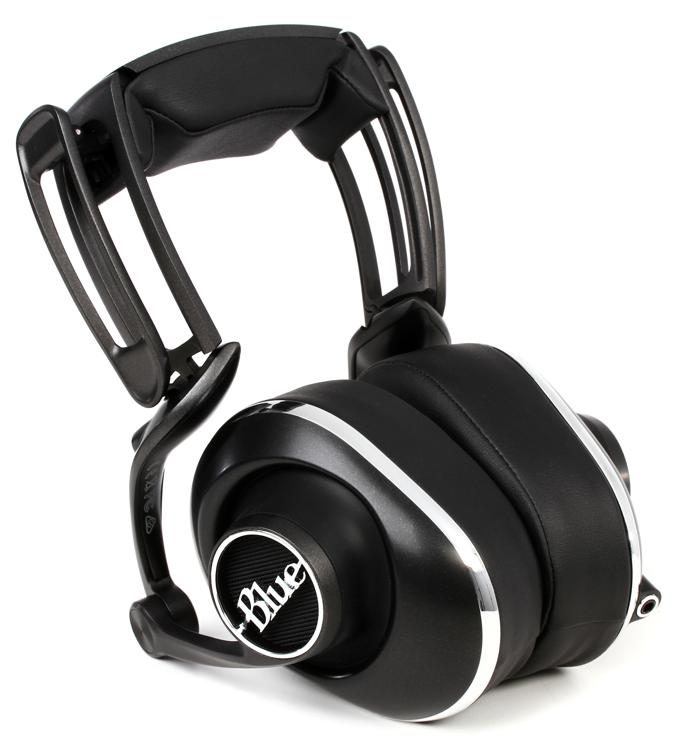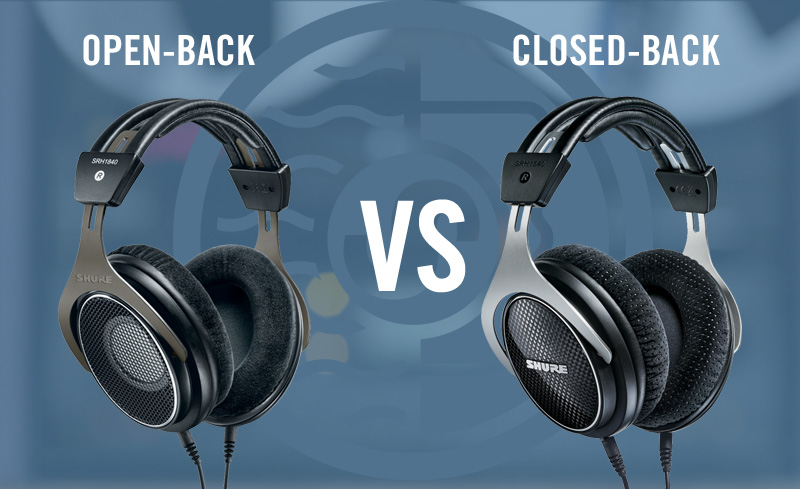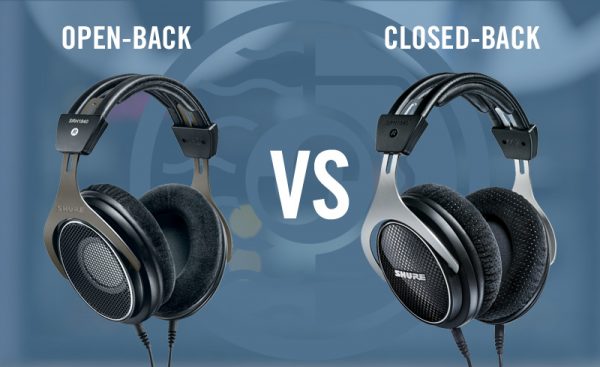In the modern day, for one purpose or the other, whether it happens to be just listening to music or watching movies or TV on a personal device or anything else with a 3.5mm output like a plane’s in-flight services, many will default either to average earphones/in-ear buds or to full-size headphones that either envelop the ears (over-ear headphones) or rest on them (on-ear headphones).
For this article I would like to give a window into the various types of headphones that exist out there at various price points for people with a buck to spend. Sound quality is a very subjective topic with everyone having something they expect out of a certain pair of headphones, whether it’s emphasis on either bass, clarity, or both. Comfort is also an important factor as you’ll want to be able to wear them for as long as possible.
Headphones & Specifications
Here are the different types of headphones and their standard specifications for their types.
There are two main types of headphones: Closed-back and open-back.

sweetwater.com
Closed-back headphones are the kind of headphones that you see the most in public. They’re made to contain the sound and prevent it from leaking out as much as possible so only you can hear it. As a result, it’s basically contained into your head which makes for a limited sound space.
On the contrary, open-back headphones, as their name suggests, don’t have any cover at all between the drivers and the outside world. This means that you’ll be able to hear what’s on the outside, and anyone next to you will hear what you’re listening to, so it’s best to listen to it in a quiet environment at home. It delivers on giving a sense of space for your sound, to make it seem as if you’re actually present in an area where music is being played. These tend to have high impedance levels though (Ohms/Ω), so average devices like phones (with the exception of the LG V series with its Quad DAC) or computers can’t drive them fully, and a dedicated amp is needed.
Examples of closed-back headphones include the cheap budget headphones that are typically used by kids and others who don’t or can’t get high-end headphones for whatever reason. They’re often wired and made of cheap material but offer passable audio, though it also varies in however they’re tuned. The price point is generally lower than $100 (roughly, N35,000). Companies that make headphones for this market include Sony, JBL, Skullcandy, and others. Stock airplane headphones would also fall under this bracket. Alongside these are gaming headsets that people use for video games.
Next, we have studio monitor headphones.

brainwavzaudio.com
These are meant to have as flat a sound signature as possible so that inaccuracies and nuances in audio can be detected, and they are also used for audio or video editing purposes. They’re best used in a studio setting or alongside a computer. Certain types can be gotten for $100 or slightly higher. Examples include the Audio-Technica ATH-M40X, the Sony MDR-7506, and the Beyerdynamic DT 770 Pro.
And, for those whose devices may not have a headphone jack or don’t want to use it for whatever reason (courtesy of the iPhone 7 removing the 3.5mm input in 2016), there are headphones that use Bluetooth to connect wirelessly to a source device. They can typically be used with a 3.5mm input as well, but there are a few that lack the option entirely and are only wireless.
For those who want to be able to listen to music at lower volumes to avoid hearing damage, but also be able to effectively block out the outside world at the same time, there’s a category of headphones called Active Noise-Cancelling headphones.

amazon.com
These work by picking up the frequencies of the outside sounds and playing back an opposing frequency to negate their effects. This works best with low-frequency sounds such as rumbling of engines or just generic noises heard indoors or outdoors. They are best used when commuting or traveling, if you want to listen to your music or other media without the outside world getting in the way. I would avoid using them while walking though as some level of awareness is essential.
Well-known examples of headphones with this technology include the Bose Quiet Comfort 35’s, the Sennheiser PXC 550’s, and the Sony WH-1000XM3’s. The three mentioned all come in at around $350 (N125,000) – the place where the best ANC on the market is found if you ask me, though you can find some for reduced prices depending on where you look. There are also cheap offerings for as low as $50 though they won’t provide as much high-quality ANC as the more expensive options.
That about does it for the kinds of closed-back headphones that people will go for. As for open-back headphones, not many will use these in comparison unless they’re really into audio and have a lot to spend, as not only do they leak sound by design, but on average they’re far more expensive than regular headphones and are wired most of the time, along with being harder to drive.
Examples of open-back headphones include the Sennheiser HD 598, the Beyerdynamic DT 990 Pro, the Audeze LCD series, and more. Other companies that make these kinds of headphones include Audio-Technica, Focal, AKG, and Shure.
So if you’re in the market for headphones and don’t know which one to get as well as what price point has the most value for money, I hope this article has helped you understand the differences between headphones a little more, as well as directing to sources that not many know and aren’t as mainstream as the likes of Beats headphones or so. Just remember, different headphones have different sound signatures, so try what you can before you buy them.
Featured image source: shure.co.uk


